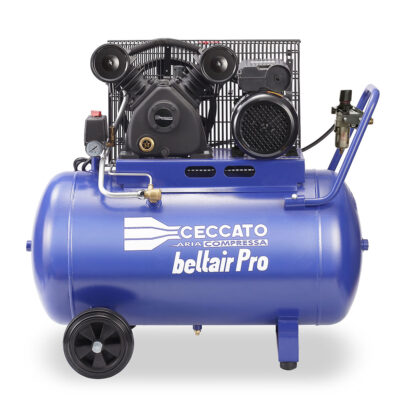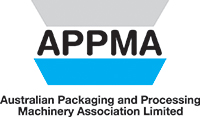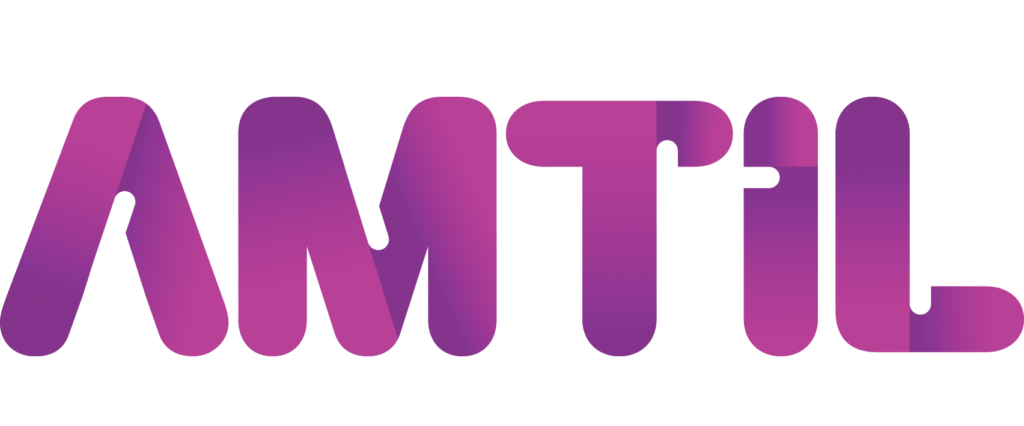Choosing Your Packaging
Polyethylene Terephthalate (PET) – also sometimes referred to as PETE, It is shatter proof, light weight and 90% recyclable. PET is commonly used for Bottles, Cosmetic Jars, Food Jars, Clamshells and Cups.
Polythene (high density) HDPE – Also sometimes referred to as simply ‘HD’ In packaging, HDPE colours range from “natural” (a milky white often seen in milk jugs) to special, brand-specific colours. HDPE is a strong plastics, ideal for Milk/Juice Jugs, Shampoo Bottles, Dairy Tubs, and Snack/Cereal bags when in film form.
Polythene (low density) LDPE – a softer plastic used for plastic bags, squeezy bottles for substances such as detergents. Also used for pouches containing products such as drinks and semi-solid foods. Very popular as containers of sports/energy drinks, container lids and shrink wraps and stretch films. These containers are flexible, shatter proof, and cheap to produce.
Glass – A classic choice, glass is re-useable, heat-resistant and will hold whatever shape it’s been moulded to. Allowing customers to see your product clearly before purchasing. Keep in mind the fragility and safety issues (such as broken glass) of using glass. Typically used for Cosmetics, Beverages, Food Jars, and Pharmaceutical Containers.
Paper and Cardboard – Paper and cardboard have all the benefits of being light weight, recyclable, easy to shape/colour/coat, simple to print on while being cheap to produce. Unfortunately it’s quite easily damaged by liquids, or in transit. Typically used for Snack foods, Take-Away Containers and Composite Packaging (e.g. Paper can with metal ends).
Aluminium – Probably the most used and recognisable metal used for packaging. The Advantages of using Aluminium for your product is it’s impermeable, recyclable, light-weight and can withstand the internal pressure of any gases that have been added to the product inside (e.g. Carbonated Drinks). If you’re using Aluminium you must make sure the metal doesn’t react with the product you’re packing. Typically used for Beverage Cans, Cosmetic Packaging, Pouches, and Foils.
Choosing Your Labels
Paper-Uncoated: Uncoated paper can be written on by hand or by machine.
Paper-High Gloss: High gloss paper provides good printability, not for hand writing.
Vinyl: Vinyl is best for an outdoor environment or if the label is to be applied to a vinyl surface.
Acetate: Acetate is best for a clear look.
Mylar/Polyester: Mylar/polyester is best for a label applied to an object with sharp corners.
This is just a start; some printing companies have designed their own specialized labels. It’s always worth looking around for the highest quality, and more appropriate label. Various gloss and laminates can be applied to your labels, keep any printing you might need to do in mind, some labels won’t work with certain printing methods.
Ink Ribbon Guide
Packserv has printing and coding solution for every product. Inkjet Printers are available with inks ready to use on packaging of every colour and production line solutions to maximise your company’s production capabilities.
Our main two type of ink in use are the black JP-K28 and yellow JP-Y118 Hitachi Inks. Both of these inks are suited for Glass, PET, PP, PE, Paper, and Metal containers and labels and have an ambient temperature between 0 and 35.
We also stock various sizes of printer ribbon, available in Wax, Resin, and a Combination of the two.
Wax – Most Cost Effective. Generally used for paper labels or porous label stocks. Does not produce a stable image. Can be easily smudged on gloss or hard surfaces.
Products: Shipping Labels, Paper Tags, Price Tags, Some Fax Machines
Wax/Resin – Generally used on treated (gloss) paper labels. Produces a harder stable image and not easily smudged.
Products: Glossy/Smooth Materials, Synthetics, Vinyl, Barcodes, Food Packaging, Some Fax Machines, Long lasting price tags.
Resin – Generally used for Synthetic labels. Produces a very stable image. The ink actually becomes part of the labels. Certain brands of resin ribbon also have chemical or heat resistance.
Products: Plastic ID Cards, Barcodes, Pharmaceuticals, Industrial Packaging, Automotive Labelling
CSO or CSI?
What is this CSO CSI all about?
Quite simply, the ribbons can be supplied rolled with the “Carbon side Out” or “Carbon side In”. This means that the ribbon has the ink on the outside or inside of the rolled film. This is also very important to get right as most printers will only work in one direction.
In general, CSO is the most widely used format but always check the manual or call Packserv for assistance.
Label Unwind Chart
 O-Ring Seal Compound Selection Chart
https://www.packserv.com.au/wp-content/uploads/2020/06/O-Ring-Seal-Compound-Selection-Chart.png
O-Ring Seal Compound Selection Chart
https://www.packserv.com.au/wp-content/uploads/2020/06/O-Ring-Seal-Compound-Selection-Chart.png
 O-Ring Seal Compound Selection Chart
https://www.packserv.com.au/wp-content/uploads/2020/06/O-Ring-Seal-Compound-Selection-Chart.png
O-Ring Seal Compound Selection Chart
https://www.packserv.com.au/wp-content/uploads/2020/06/O-Ring-Seal-Compound-Selection-Chart.png 










